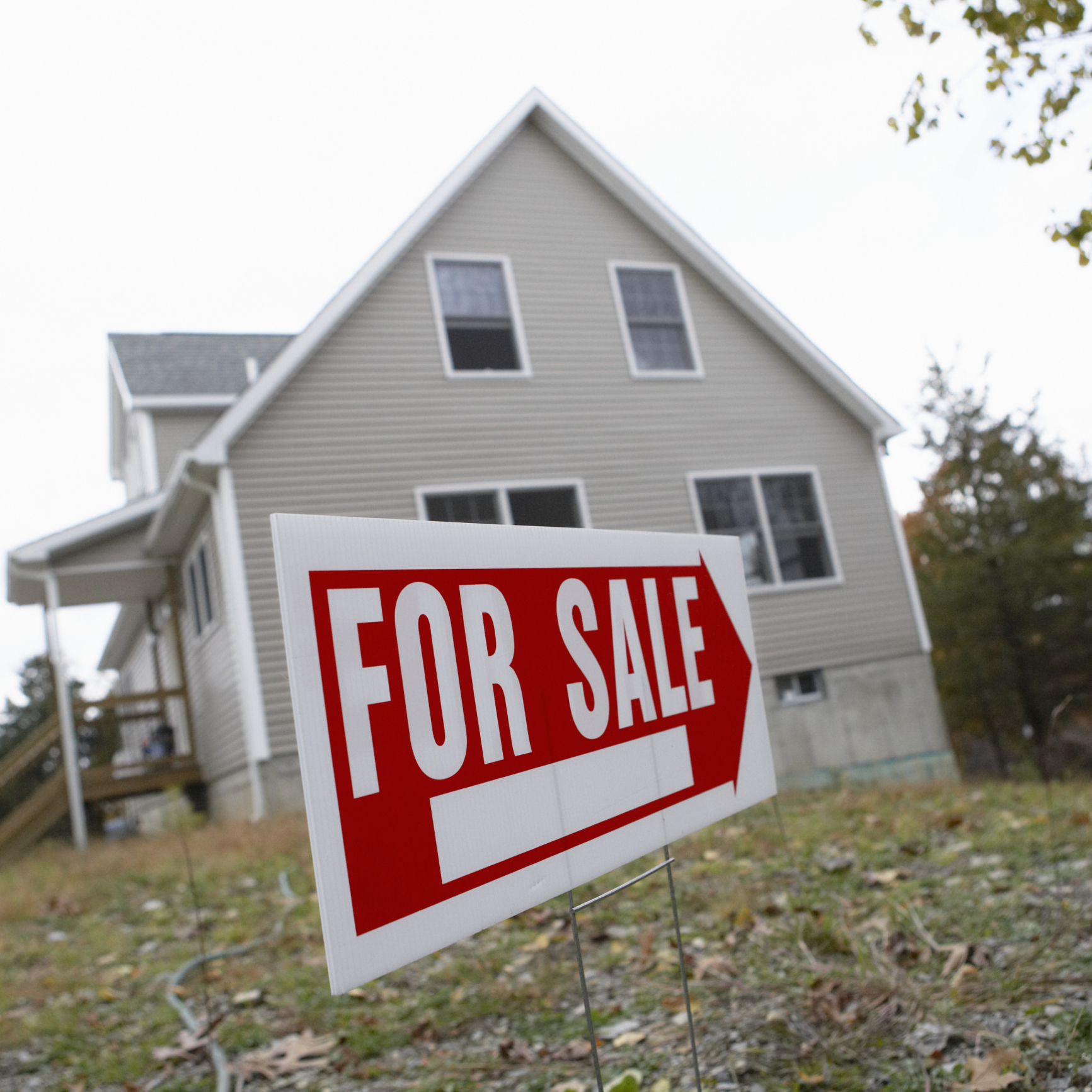Housing
Denver, Portland Post Largest Gains on Case-Shiller August Index
Published:
Last Updated:

In addition to the drop in San Francisco, the smallest month-over-month increases were posted in Charlotte (flat), Cleveland (up 0.1%) and Los Angeles (up 0.1%)/
The smallest year-over-year gains came in New York (up 1.8%), Chicago (up 1.9%) and Washington, D.C. (up 1.9%). Month over month, Portland posted a 1.1% gain and Denver prices rose 0.9%.
The S&P/Case-Shiller national home price index for August increased by 5.1% year over year for the 20-city composite index and by 4.7% for the 10-city composite index. The national index rose 4.7% year over year, flat with the July increase. The consensus estimate for the 20-city index called for growth of 5.1% year over year.
Month over month, the 20-City index rose 0.4%, while the 10-city and national indexes gained 0.3%. On a seasonally adjusted basis the 10-city and 20-city indexes rose 0.1% from July to August. Nineteen of 20 cities reported increases in July before seasonal adjustment; after seasonal adjustment, five were down, 12 were up and three were unchanged.
ALSO READ: America’s Richest and Poorest Cities
The index tracks prices on a three-month rolling average. August represents the three-month average of June, July and August prices.
Average home prices for August remain comparable to their levels in the winter of 2007.
The chairman of the S&P index committee said:
Home prices continue to climb at a 4% to 5% annual rate across the country. Most other recent housing indicators also show strength. … Sales of existing homes are running about 5.5 million units annually with inventories of about five months of sales. … A notable part of today’s economy is the continuing low inflation rate; in the year to September, consumer prices were unchanged. Even excluding food and energy, the core inflation was 1.9%. One result is that a 5% price increase in the value of a house means more today than it did in 2005-2006, the peak of the housing boom when the inflation rate was higher. The rebound from the recent lows was faster than the 1997-2005 housing boom, and also much less driven by inflation.
Compared with their peak in the summer of 2006, home prices on both 10-city and 20-city indexes remain down about 11% to 13%. Since the low of March 2012, home prices are up 34.8% and 36.1% on the 10-city and 20-city indexes, respectively.
ALSO READ: The Most Dangerous Cities in America
Take the quiz below to get matched with a financial advisor today.
Each advisor has been vetted by SmartAsset and is held to a fiduciary standard to act in your best interests.
Here’s how it works:
1. Answer SmartAsset advisor match quiz
2. Review your pre-screened matches at your leisure. Check out the advisors’ profiles.
3. Speak with advisors at no cost to you. Have an introductory call on the phone or introduction in person and choose whom to work with in the future
Take the retirement quiz right here.
Thank you for reading! Have some feedback for us?
Contact the 24/7 Wall St. editorial team.